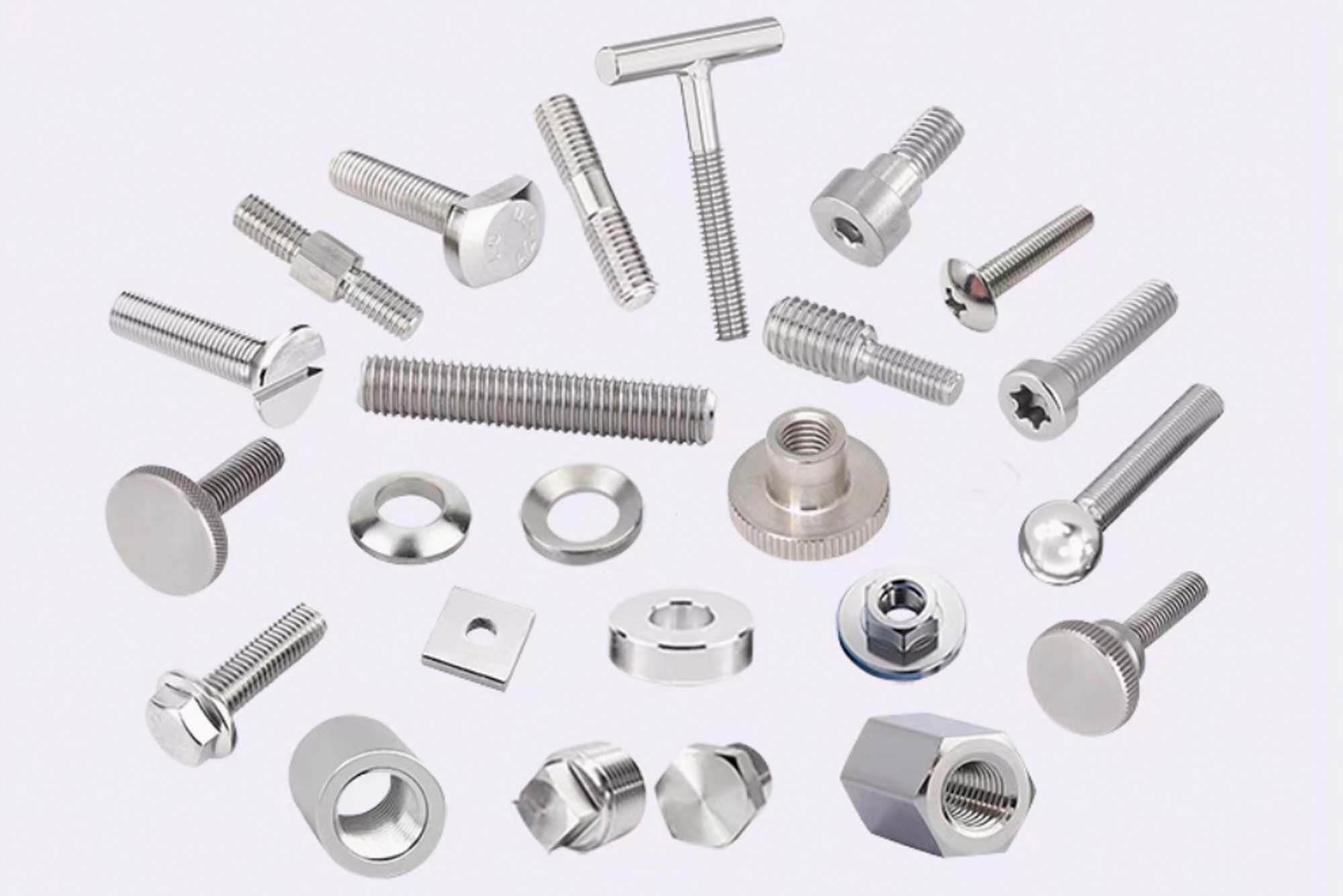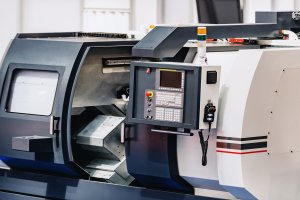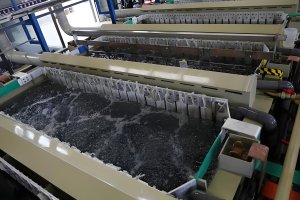Introduction: Why Knowing Types of Screws Matters
Screws are one of those everyday items that most people overlook until they’re needed. But when it comes to fixing, building, or even just hanging something on the wall, the right screw can make all the difference. As someone who has spent countless hours working on DIY projects and helping clients with industrial designs, I’ve learned just how essential screws are to the success of any project. Choosing the wrong type of screw can lead to wasted time, money, and even structural failure.
In this article, I want to share everything I’ve learned about screws—the types, their uses, and the secrets to picking the right one for any job. Whether you’re a DIY enthusiast, a professional in construction, or just someone curious about the options out there, this guide is for you.
The Basics: What Makes a Screw a Screw?
Before diving into the many types of screws, it’s worth understanding what makes a screw a screw. At its core, a screw is a simple machine designed to convert rotational force into linear motion. This is achieved through its defining feature: the helical thread.
Components of a Screw:
- Head: The part you see and interact with, typically where a screwdriver or wrench fits.
- Shank: The unthreaded section below the head.
- Thread: The spiral ridges that engage with the material.
- Point: The tip of the screw, which may be sharp or blunt depending on its intended use.
Key Functions of Screws:
- Fastening materials together
- Providing a secure hold
- Allowing for disassembly when needed
Screws come in countless designs, each tailored for specific materials and purposes. Let’s dive into these types in the next section.
The Core Types of Screws and Their Secrets Revealed
Screws are as varied as the projects they’re used for. Understanding the main types and their unique features will help you make informed choices.
By Head Type:
- Flat Head Screws:
Designed to sit flush with or below the surface.
Commonly used in woodworking. - Round Head Screws:
Offer a decorative finish.
Ideal for visible applications like electrical boxes. - Hex Head Screws:
Provide excellent torque and grip.
Often used in heavy-duty applications like construction.
By Thread Type:
- Wood Screws:
Coarse threads for a secure grip in wood.
Tapered tip for easy insertion. - Machine Screws:
Fine threads for metal-to-metal fastening.
Require pre-drilled holes or nuts. - Self-Tapping Screws:
Can cut their threads into materials.
Popular for metal or plastic applications. - Lag Screws:
Heavy-duty screws with thick shanks.
Used in masonry or heavy wood structures.
By Application:
| Screw Type | Best For | Unique Features |
|---|---|---|
| Wood Screws | Woodworking | Coarse threads |
| Machine Screws | Metal-to-Metal Fastening | Fine threads |
| Deck Screws | Outdoor Decking | Corrosion-resistant |
| Drywall Screws | Hanging Drywall Panels | Sharp tip, fine threads |
| Self-Drilling Screws | Metal Roofing | Integrated drill tip |
By understanding these categories, you can approach your next project with confidence.
How to Choose the Right Screw Without Guesswork
Choosing the right screw might feel overwhelming with so many options, but it doesn’t have to be. Here’s my personal method for selecting the right screw every time.
Step 1: Identify Your Material
- Wood: Use wood screws with sharp threads and a tapered tip.
- Metal: Go for machine or self-tapping screws.
- Plastic: Consider using screws designed specifically for plastics, with blunt tips to avoid cracking.
Step 2: Match the Environment
- For outdoor projects, corrosion-resistant screws like stainless steel or coated deck screws are essential.
- For indoor use, standard steel screws work fine unless exposed to moisture.
Step 3: Consider the Load
- If your project involves heavy loads (e.g., building a deck), opt for lag screws or other heavy-duty options.
- For lighter applications like hanging pictures, standard screws will suffice.
Example Decision Table:
| Project Type | Material | Recommended Screw Type |
|---|---|---|
| Hanging a picture | Drywall | Drywall Screws |
| Building furniture | Wood | Wood Screws |
| Mounting a TV | Concrete Wall | Masonry Screws with Anchors |
| Installing roofing | Metal | Self-Drilling Screws |
These simple steps ensure you choose the right screw for the job every time.
Common Missteps When Choosing Screws (and How to Avoid Them)
Mistakes with screws are more common than you’d think. I’ve made my fair share of errors, and here’s what I’ve learned:
Mistake #1: Using the Wrong Screw for the Material
- Example: Using wood screws in metal leads to stripped threads and poor fastening.
- Solution: Always match the screw type to the material.
Mistake #2: Ignoring Corrosion Resistance
- Example: Using untreated screws outdoors results in rust.
- Solution: Use stainless steel or coated screws for outdoor use.
Mistake #3: Over-tightening
- Example: Over-tightening can crack materials or strip threads.
- Solution: Use torque-limiting tools or stop once resistance is felt.
By avoiding these pitfalls, you’ll save yourself time and frustration.
Visual Guide: Types of Screws at a Glance
To make everything easier to digest, here’s a visual comparison of common screws:
| Screw Type | Best For | Head Style | Material Compatibility |
|---|---|---|---|
| Wood Screws | Furniture, Carpentry | Flat, Round | Wood |
| Machine Screws | Metal-to-Metal Fastening | Flat, Hex | Metal |
| Drywall Screws | Hanging Drywall | Bugle | Drywall, Wood |
| Self-Tapping Screws | Plastics, Metals | Pan, Flat | Metal, Plastic |
| Deck Screws | Outdoor Structures | Flat, Torx | Wood, Composite |
Screw Standards and Certifications
When selecting screws for professional or industrial purposes, standards and certifications are critical to ensure compatibility, safety, and reliability. Over the years, I’ve learned that adhering to these guidelines can make or break a project, especially in industries like construction or aerospace.
Key International Standards:
| Standard Name | Region | Focus | Examples |
|---|---|---|---|
| ISO (International Organization for Standardization) | Global | Mechanical Properties | ISO 14585 for sheet metal screws |
| DIN (Deutsches Institut für Normung) | Germany | Dimensions and Tolerances | DIN 7985 for cross-recessed pan head screws |
| ANSI (American National Standards Institute) | USA | Technical Standards | ANSI B18.6.3 for machine screws |
| JIS (Japanese Industrial Standards) | Japan | Performance Criteria | JIS B1122 for tapping screws |
Understanding these standards can guide you in sourcing screws that meet the specific needs of your project, particularly when working on regulated builds or with international teams.
FAQ
Here are answers to some of the most frequently asked questions I’ve encountered:
Q1: What is the difference between screws and bolts?
- Answer: Screws are typically used without a nut and rely on threads to secure materials together. Bolts, on the other hand, usually require a nut for fastening and are often used in larger, more heavy-duty applications.
Q2: Which screws are best for outdoor use?
- Answer: Stainless steel screws or those with weather-resistant coatings, such as galvanized or coated deck screws, are ideal for outdoor projects.
Q3: How do I prevent screws from loosening over time?
- Answer: Use lock washers, thread-locking adhesives, or choose screws with anti-loosening designs, like self-locking threads.
Q4: Can I use drywall screws for wood projects?
- Answer: While drywall screws can work in some wood projects, they are more brittle and prone to breaking under stress compared to wood screws, which are designed for the task.
Q5: Are there eco-friendly screw options?
- Answer: Yes, screws made from recycled materials or those with eco-friendly coatings are becoming more widely available.
Q6: How do I measure the size of a screw?
- Answer: Screw size is determined by its diameter, length, and thread count. These measurements are usually listed on packaging or in technical specifications.
Q7: Can screws be reused?
- Answer: Screws can often be reused if they are not damaged or stripped. However, for critical applications, it’s better to use new screws to ensure a secure hold.
Q8: What are the strongest screws available?
- Answer: Screws made from high-tensile materials, such as stainless steel or titanium, are among the strongest. Look for screws labeled for heavy-duty or structural use.
Q9: What tools are best for driving screws?
- Answer: Screwdrivers (manual or powered) and drills with the appropriate bit size and type are ideal. Using the wrong tool can damage the screw head or material.
Q10: How do I repair a stripped screw hole?
- Answer: You can repair a stripped hole by using wood filler, dowels, or larger screws. For metal applications, consider using a helicoil insert.
Other Articles You Might Enjoy
- Comprehensive Guide to CNC Machining Brass Screws
Brass screws are widely used in various industrial and commercial applications due to their superior mechanical properties and attractive appearance. This article will delve into the characteristics of brass, the…
- What is the Optimal Cutting Depth for CNC Machining Parts Used in Bone Screws?
Introduction: Understanding Cutting Depth in CNC Machining CNC machining stands as a cornerstone in the manufacturing of complex, precision-based medical devices such as bone screws. The setting of the cutting…
- Zirconium vs. Titanium in Advanced CNC Applications: Which is More Cost-Effective?
Introduction: Understanding CNC Applications in Various Industries In the field of precision machining, Computer Numerical Control (CNC) plays a pivotal role. It is an advanced technology that uses pre-programmed software…
- What Are the Key Technical Details in CNC Machining of Conveyor Screws?
Introduction to CNC Machining of Conveyor Screws Conveyor screws, also known as screw augers, play a pivotal role in a variety of industries including agriculture, food processing, pharmaceuticals, and mining.…
- Innovative CNC Machining for Custom Medical Instruments
Innovative CNC Machining for Custom Medical Instruments Computer Numeric Control (CNC) machining is an innovative automated process that utilizes computer software to control machine tools. The use of CNC machines…
- Aluminum Parts Machining: CNC Techniques for Precision and Efficiency
Introduction to Aluminum Parts Machining and CNC Techniques In the manufacturing industry, the machining of aluminum parts plays a crucial role for its effortless machinability which makes it an ideal…
- Types of Screws Perfected Through CNC Precision
How CNC Precision Redefines Types of Screws Screws are fundamental components in countless industries, from construction to aerospace. Yet, many people overlook the role that precision plays in their design…






